Chinese tourists are not currently choosing Vietnam as their top travel destination, even though during peak periods tens of thousands of visitors came to Nha Trang every day.
A study released on September 18 by the Big Data Research Institute and Beijing-based online travel company Qunar showed that European destinations are more popular with Chinese tourists than before. In Asia, Bangkok, Seoul, Tokyo, Kuala Lumpur, Singapore are their top five destinations, with no destination in Vietnam. Meanwhile, a survey in mid-September also showed that 80% of Chinese respondents want to travel internationally in the next year, the highest level in the past two years.
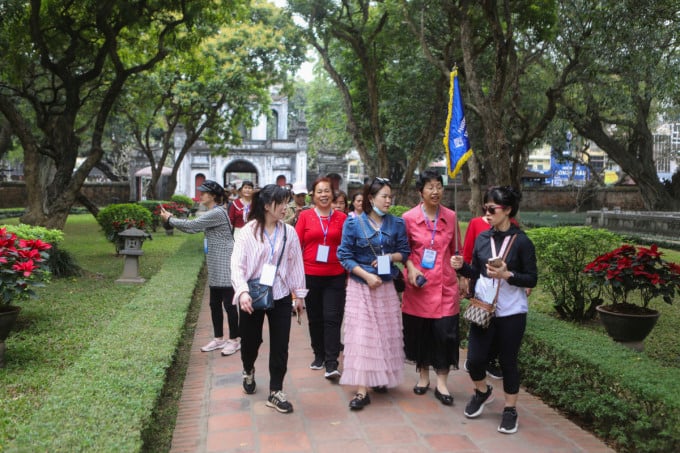
Chinese tourists listen to a tour of the Temple of Literature, Hanoi , in March. Photo: Phuong Nam Five Star Travel
CEO of Fantasea International Travel Company Dao Viet Long said that before the pandemic, Vietnam was a favorite destination for Chinese tourists thanks to its marine tourism resources, geographical distance, and promotional activities of many large travel companies across China through organizing charter flights to Da Nang , Nha Trang, and Phu Quoc. During peak periods, about 20,000 Chinese tourists came to Nha Trang every day. However, even then, Vietnam had not attracted the middle and high-end Chinese customer base.
According to him, Chinese tourists prioritize luxury destinations in developed countries with cultural differences or satisfying entertainment and shopping needs. Vietnam tourism only meets basic needs, services are not diverse, and have not stimulated Chinese tourists' shopping needs.
Vietnam is considered a low-cost destination due to the way the tourism industry has exploited it in the past with zero-dong tours and cheap road tours. The low spending level also comes from the fact that most of the tourism programs are short (4-5 days), most of the tourists travel in groups with full-package services, and spend little outside.
Mr. Pham Ha, CEO of Lux Group and expert in luxury tourism, added that before the pandemic, Vietnam welcomed many Chinese tourists, but the flow of tourists from wealthy, developed areas such as Shanghai and Beijing was low.
Data from the China Tourism Research Institute shows that in the first 6 months of the year, the country had more than 40 million outbound visitors, equal to 23% compared to the same period in 2019. In June alone, the number of Chinese visitors reached nearly 42% compared to the same period before the pandemic. International visitors are mainly business people, relatives visiting, and international students, of which nearly 94% went to Asia.
In the first half of 2023, China was the second largest market sending visitors to Vietnam with more than 557,000 arrivals, a small portion of the more than 40 million Chinese international tourists. Part of the reason could be because "Vietnam belongs to the group of countries that China opened later, from March 15," Mr. Long said.
According to information from the Vietnam National Administration of Tourism, before the pandemic, China had held the number one position in the world in terms of spending on international travel for many consecutive years. Data from the World Tourism Organization (UNWTO) and the Global Tourism Economics Research Center (GTERC) showed that in 2018, Chinese tourists' spending on international travel reached 277 billion USD, accounting for more than 50% of total international travel spending in Asia and 20% of the world.
Chinese tourists have a high average spending per trip, reaching 1,850 USD per trip, ranking in the top three in the Asia-Pacific region, after Australia (3,370 USD) and Singapore (2,440 USD). The average spending of a Chinese tourist to Vietnam in 2019 was 1,022 USD.
China is a large market, diverse in customer segments (from low, medium to high-end), diverse in target audiences (tourists, conference and event guests, business guests, official guests). They are considered "easy to adapt". However, this is also a relatively sensitive market, sometimes oriented by political and media factors, and is also a market of crowds and movements, according to Mr. Long.
For the majority of Chinese tourists, in addition to the basic needs of tourism, they are interested in the uniqueness, novelty, convenience of the destination, and entertainment activities. They have a high demand for shopping and like excitement.
According to Mr. Pham Ha, China is a tourist market that "every country wants". When talking about Chinese tourists, we are talking about "quantity". Mr. Ha believes that after the pandemic, Vietnam needs to change its promotional content and upgrade the country to a luxury destination to attract wealthy, high-spending tourists.
"We need to rebuild the market, increase direct flights and should temporarily exempt visas like Thailand," said Mr. Ha.
According to Mr. Dao Viet Long, to attract more Chinese tourists to Vietnam, destination promotion plays the most important role, especially after the interruption due to the epidemic. Destinations such as Da Nang, Nha Trang, Phu Quoc, Mui Ne are still "strategic cards" that need to be widely and continuously promoted in the Chinese market.
Visa policies and entry procedures for Chinese tourists are also important factors. According to Mr. Long, Thailand is working "very hard" to attract visitors from this potential market by issuing a temporary visa exemption policy for Chinese visitors for 5 months.
In addition, Vietnam needs to control zero-dollar tours and cheap land tours to change the Chinese market's perception of Vietnam as a destination. Travel agencies need to develop new products to replace the previous mass-market products, focusing more on customer experience, longer tour dates, targeting small groups of customers with high spending power.
"This is a new segment, a new trend of the market after the pandemic," said Mr. Long.
Phuong Anh
Source link


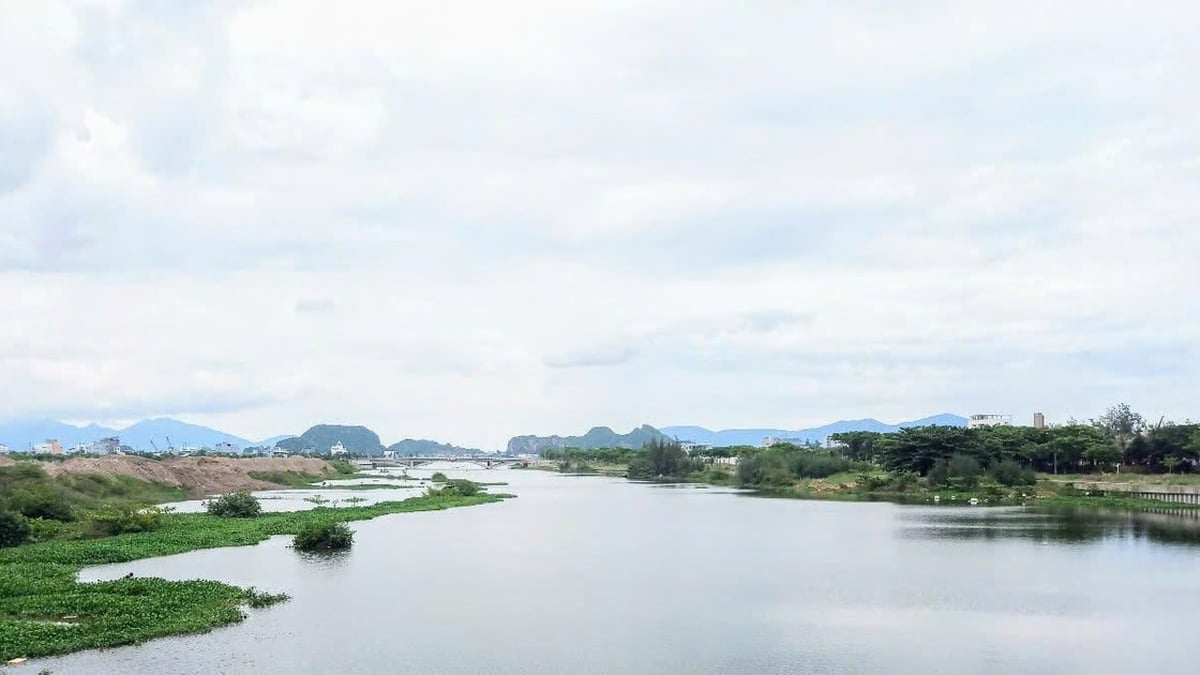






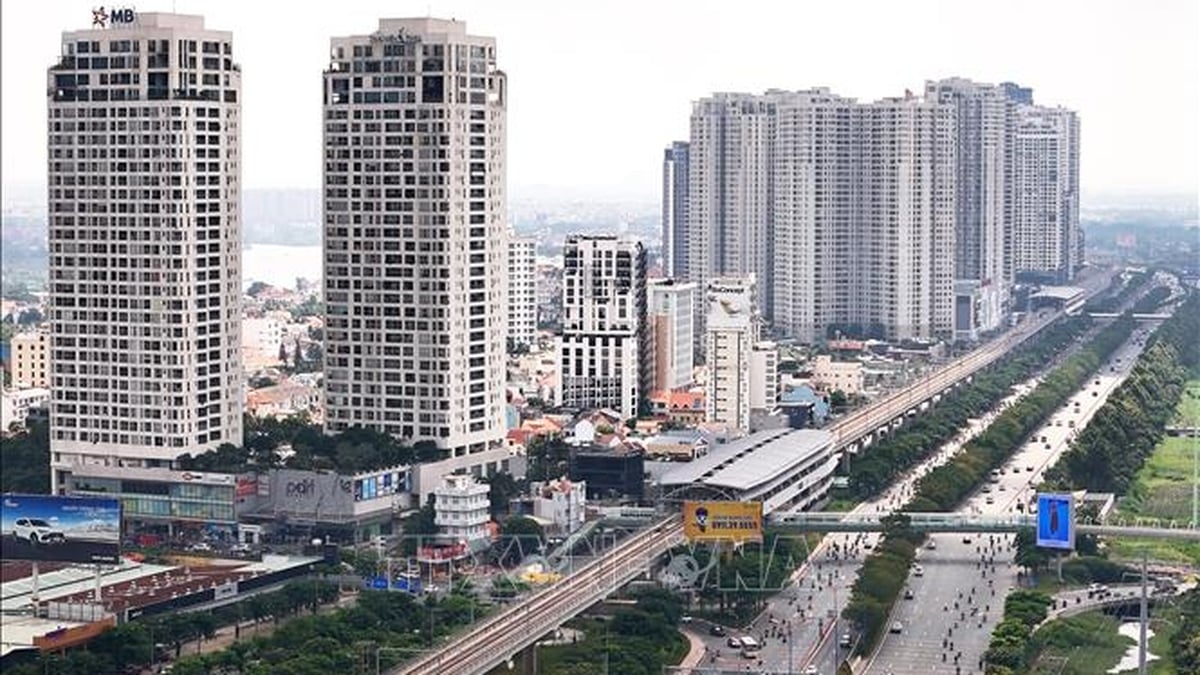

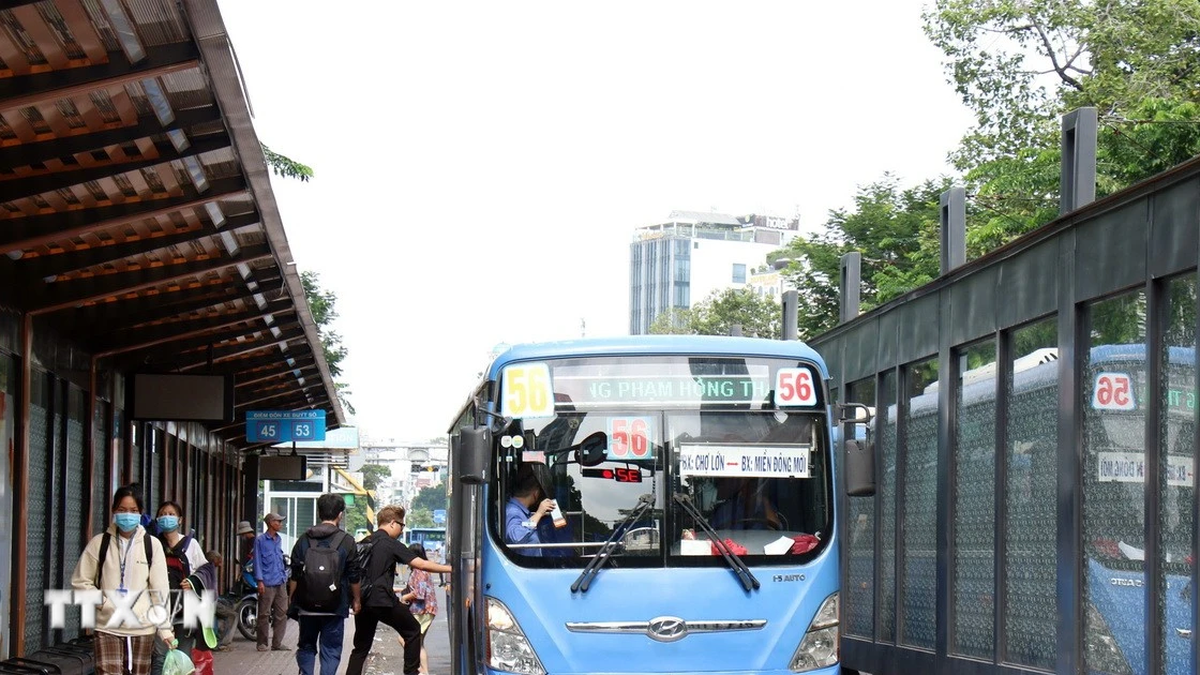











































![[Maritime News] More than 80% of global container shipping capacity is in the hands of MSC and major shipping alliances](https://vphoto.vietnam.vn/thumb/402x226/vietnam/resource/IMAGE/2025/7/16/6b4d586c984b4cbf8c5680352b9eaeb0)






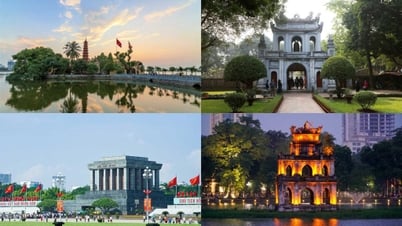







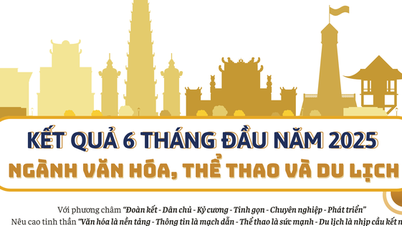




























Comment (0)